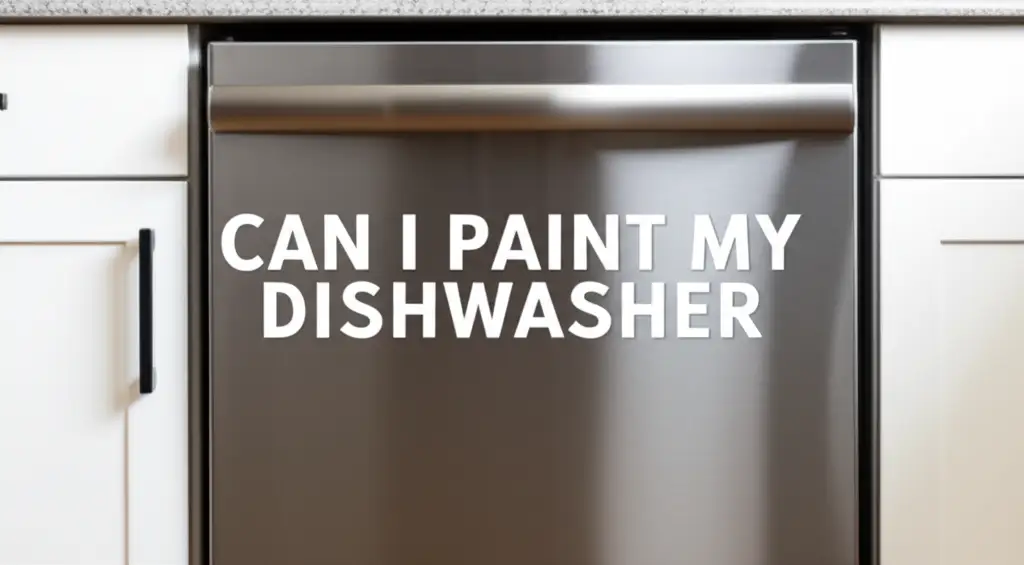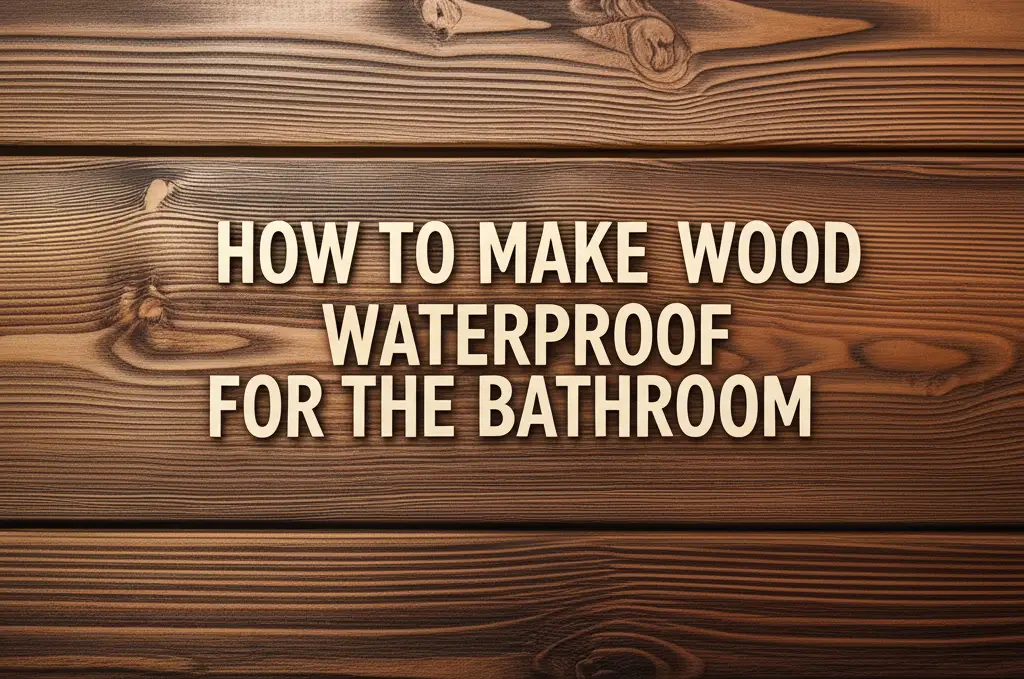· Elira Thomsen · Home Improvement · 13 min read
How To Get Rid Of Smelly Dishes From Dishwasher

Stop The Stink: How To Get Rid Of Smelly Dishes From Your Dishwasher
Have you ever unloaded your dishwasher, expecting sparkling clean dishes, only to be met with an unpleasant odor? It is a frustrating experience. Dishes that smell bad after a wash cycle defeat the purpose of using the appliance. This issue is more common than you think. You are not alone in wondering how to get rid of smelly dishes from the dishwasher.
This guide will help you understand why your dishes smell. We will provide simple, effective solutions. You will learn easy steps to clean your dishwasher and prevent odors. Our tips cover everything from routine maintenance to addressing specific problems. Get ready to enjoy fresh, clean dishes every time.
Takeaway:
- Regularly clean your dishwasher filter to remove trapped food particles.
- Deep clean the interior, including spray arms and seals, with appropriate cleaners.
- Use natural deodorizers like vinegar and baking soda in empty cycles.
- Pre-rinse heavily soiled dishes to prevent food buildup.
- Ensure proper loading for effective water circulation and drying.
- Check for drainage issues and maintain the dishwasher’s vent for optimal performance.
A clear, concise answer to the main query:
To get rid of smelly dishes from your dishwasher, you must regularly clean the appliance itself. This involves removing food debris from the filter, scrubbing the interior, and running cleaning cycles with vinegar or baking soda. Proper loading and pre-rinsing also help prevent future odors.
Understanding the Root Cause of Smelly Dishes
It is annoying when dishes come out smelling bad. Many things can cause this unpleasant smell. The main culprit is often leftover food particles. These tiny bits of food can get stuck in different parts of your dishwasher. They start to rot and create a foul odor. This smell then transfers to your dishes during the wash or dry cycle.
Another common reason is mold or mildew. Dishwashers are wet, dark places. This makes them perfect breeding grounds for fungi. Mold can grow on door seals, in crevices, or even inside spray arms. This growth leads to a musty smell that sticks to your plates and glasses. A lack of proper drying also makes the problem worse. When dishes stay wet inside the dishwasher, they can develop a stale smell. This is why addressing drying issues can be important for odor control. You can learn more about this by checking out why your dishwasher might not be drying dishes properly. why dishwasher not drying dishes
Hard water mineral buildup can also contribute to odors. Over time, calcium and magnesium deposits can form a film inside your dishwasher. This film can trap food particles and detergent residue. The trapped residue then becomes a source of bad smells. Dirty filters are a huge problem. Your dishwasher has a filter that catches food debris. If you do not clean this filter regularly, it gets clogged and smelly. This directly affects how clean your dishes become. Finally, drainage issues can cause standing water in the bottom of your dishwasher. Stagnant water quickly becomes foul. Understanding these causes helps you fix the problem effectively.
Essential Steps for Cleaning Your Dishwasher Filter
Cleaning your dishwasher filter is the most important step to get rid of smelly dishes. This filter catches food scraps and debris. If it gets clogged, water cannot drain properly. This leads to foul odors and dishes that do not get clean. Most dishwashers have a removable filter at the bottom. You can usually twist it or pull it out.
First, locate your dishwasher filter. It is typically a cylindrical or flat screen at the bottom of the tub. Some models have a two-part filter system. Read your appliance manual if you cannot find it. Once you find it, carefully remove it. You might need to twist it counter-clockwise or unclip it. Be gentle as you remove it.
Next, rinse the filter under hot running water. Use a soft brush or an old toothbrush to scrub away any stuck-on food. You will be surprised at how much gunk accumulates there. Pay attention to all the small mesh holes. Make sure water flows freely through them. If the filter is very dirty, you can soak it in a solution of warm water and a little dish soap for 10-15 minutes. This helps loosen stubborn grime. After scrubbing, rinse it again thoroughly. Finally, put the clean filter back into place. Make sure it clicks or locks securely. Cleaning this filter often will stop many odor problems before they start. Doing this once a month is a good habit. For more detailed instructions on filter maintenance, you can check out how often you should clean your dishwasher filter. how often should you clean your dishwasher filter
Deep Cleaning Your Dishwasher Interior and Spray Arms
Once the filter is clean, it is time to tackle the rest of the dishwasher’s interior. This includes the walls, racks, and especially the spray arms. Food particles and mineral deposits can build up in these areas. This creates a breeding ground for bacteria and mold. A thorough cleaning ensures every part of your dishwasher is fresh.
Start by removing the bottom rack. This gives you better access to the floor and walls of the dishwasher. Inspect the spray arms. These are the spinning parts with small holes that spray water onto your dishes. Food bits can get stuck in these tiny holes. Use a toothpick or a small wire to clear any clogged holes in the spray arms. Make sure water can pass through freely. Clogged spray arms mean less effective washing and can leave residue on dishes.
Next, wipe down the interior walls and door seal. The door seal, also called the gasket, is a common spot for mold and mildew. Mix a solution of equal parts white vinegar and water. Dip a cloth in this mixture and wipe down all visible surfaces. Pay extra attention to the corners and crevices. For stubborn grime or mold, you can use a small brush. If you notice a lot of black spots, you might have mold. Learning how to clean mold off your dishwasher can provide more specific instructions for tough mold issues. how to clean mold off dishwasher After scrubbing, replace the racks. This deep cleaning helps remove accumulated gunk that causes bad smells.
Using Natural Deodorizers: Vinegar and Baking Soda
Natural cleaners are powerful tools for getting rid of dishwasher odors. White vinegar and baking soda are two household staples that work wonders. They are safe, effective, and readily available. These ingredients help neutralize smells and break down grime.
White vinegar is an excellent natural deodorizer and disinfectant. It cuts through grease and mineral deposits. To use it, simply place a cup of white vinegar in an upright, top-rack safe bowl or directly in the bottom of an empty dishwasher. Run a hot water cycle without any dishes or detergent. The vinegar will circulate through the system. It washes away odors, soap scum, and hard water stains. This leaves your dishwasher smelling fresh. Running a vinegar cycle once a month can prevent odors from building up. If you are curious about specific placement, more information on where to put vinegar in your dishwasher to clean can be found here. where to put vinegar in dishwasher to clean
Baking soda is another fantastic odor absorber. It helps to neutralize acidic odors. After running the vinegar cycle, or on a different day, sprinkle one cup of baking soda across the bottom of your empty dishwasher. Then, run a short, hot wash cycle. The baking soda will absorb any lingering smells. It also helps to polish the interior. You can even use both! First, run the vinegar cycle. Then, after that cycle finishes, sprinkle in baking soda and run another short cycle. This two-step process provides a powerful clean. Using these natural remedies regularly keeps your dishwasher smelling clean and your dishes fresh.
Optimizing Dishwasher Usage for Odor Prevention
How you use your dishwasher daily plays a big role in preventing bad smells. Small changes in your routine can make a huge difference. Proper loading and pre-rinsing are key. These habits stop food buildup and ensure effective cleaning.
First, consider pre-rinsing or scraping dishes. While modern dishwashers are designed to handle food particles, removing large chunks is always a good idea. Scrape plates into the trash before loading them. This prevents large food pieces from clogging the filter or spray arms. It reduces the amount of decaying food inside your appliance. You do not need to rinse every dish until it is spotless. Just remove the visible debris.
Second, load your dishwasher correctly. Do not overcrowd the racks. Proper spacing allows water and detergent to reach every surface of every dish. If dishes are too close, water might not clean them properly. This leaves food residue that can start to smell. Ensure pots, pans, and bowls are faced downwards or angled. This helps water drain completely. Good drainage prevents standing water, which can become stagnant and smelly. Also, make sure nothing blocks the spray arms. They need to spin freely for optimal cleaning. Running your dishwasher regularly, even if it’s not completely full, can also help. This stops old food particles from sitting inside for too long. If you use a dishwasher cleaner, make sure to follow its instructions for the best results. how to use dishwasher cleaner
Addressing Hard Water and Residue Buildup
Hard water is a common issue in many homes. It contains high levels of minerals like calcium and magnesium. These minerals can leave behind a chalky white film on your dishes and inside your dishwasher. This mineral buildup, combined with soap scum, can create a breeding ground for bacteria and unpleasant odors. It can also make your dishes look cloudy or feel gritty.
One effective way to combat hard water buildup is to use a dishwasher cleaner specifically designed for mineral removal. Many commercial cleaners contain citric acid or other descaling agents. These agents break down the mineral deposits. You typically run these cleaners in an empty dishwasher cycle. Following the product instructions ensures the best results. Regular use of these cleaners, especially in hard water areas, prevents significant buildup.
Alternatively, you can rely on white vinegar, as mentioned earlier. Vinegar’s acidic nature is excellent at dissolving mineral deposits. Running an empty cycle with a cup of white vinegar regularly helps keep the interior free of hard water residue. Additionally, ensure you are using enough rinse aid. Rinse aid helps water sheet off dishes, preventing spots and promoting better drying. This also reduces the chance of mineral deposits clinging to surfaces. A dedicated rinse aid dispenser ensures proper distribution. Sometimes, problems with your dishwasher’s ability to drain water can also lead to mineral and residue buildup, as stagnant water leaves deposits behind. You can find more information about troubleshooting drainage issues here: how to get the dishwasher to drain. By managing hard water and residue, you keep your dishwasher cleaner and your dishes fresher.
Regular Maintenance Practices to Keep Dishes Fresh
Keeping your dishwasher smelling fresh and ensuring your dishes come out clean is an ongoing process. Regular maintenance goes beyond just cleaning the filter. It involves a few simple habits that prevent odors from returning. Think of it as preventative care for your appliance.
First, always run a cleaning cycle regularly. Even if you scrape your dishes, tiny food particles and detergent residue can build up. A monthly or bimonthly cleaning cycle with a commercial dishwasher cleaner or a cup of white vinegar is highly recommended. This helps flush out hidden grime and neutralize any developing odors. You can find specific instructions on using a dishwasher cleaner to ensure maximum effectiveness. This simple step makes a big difference in the long-term freshness of your dishwasher.
Second, check your dishwasher’s vent and drain periodically. Some dishwashers have a vent that can become dirty or blocked. A clogged vent can affect drying performance and contribute to stale odors. Cleaning your dishwasher vent is a good step to ensure proper airflow and prevent smells. Similarly, ensure there is no standing water in the bottom of your dishwasher after a cycle. Standing water suggests a drainage issue that needs immediate attention. Promptly addressing these mechanical aspects of your dishwasher’s health helps maintain a hygienic environment. These routine checks, along with filter cleaning and proper loading, create a comprehensive approach to keeping your dishes consistently fresh and free from unpleasant smells.
FAQ Section
Q1: Why do my dishes smell like rotten eggs after the dishwasher cycle?
A: A rotten egg smell often indicates hydrogen sulfide gas. This gas comes from decaying food particles, especially those containing protein, stuck in the dishwasher filter or drain hose. It can also point to a drainage issue where standing water becomes putrid. Cleaning your filter and checking for drain clogs usually resolves this.
Q2: Can too much detergent cause smelly dishes?
A: Yes, using too much detergent can lead to smelly dishes. Excess detergent creates too many suds, which can leave a residue inside the dishwasher and on dishes. This residue can trap food particles and moisture, leading to bacterial growth and foul odors. Always use the recommended amount for your water hardness.
Q3: How often should I clean my dishwasher to prevent smells?
A: You should clean your dishwasher filter every one to two months, or more often if you use your dishwasher frequently. A deep cleaning cycle with vinegar or a commercial cleaner should be performed monthly. Wiping down the door seal and visible interior parts after each use also helps prevent odor buildup.
Q4: My dishwasher smells clean, but my dishes still smell bad. What’s wrong?
A: If the dishwasher itself smells clean but dishes come out smelling bad, it might be due to hard water deposits, rinse aid issues, or not allowing dishes to dry completely. Hard water minerals can trap odors on dishes. Using a rinse aid and ensuring proper drying cycles can help. Also, ensure no old food is left on the dishes before loading.
Q5: Can the type of detergent I use affect dish smell?
A: Yes, the type of detergent can affect dish smell. Some detergents may leave a residue that interacts with food particles, leading to odors. Switching to a high-quality, enzyme-based detergent can help break down food better. Also, check if your detergent is suitable for your water hardness.
Q6: What if my dishwasher smells like burning or something electrical?
A: If your dishwasher emits a burning or electrical smell, stop using it immediately. This is not a typical “dirty dish” smell and indicates a serious mechanical or electrical problem. Unplug the appliance and contact a qualified repair technician. Do not attempt to use it until it has been inspected and repaired.
Conclusion
Saying goodbye to smelly dishes from your dishwasher is entirely possible. It just takes a little knowledge and consistent effort. We have covered the main reasons why your dishes might carry an unpleasant odor. We also provided simple, actionable steps to fix it. Remember, the journey to fresh, sparkling dishes begins with understanding your dishwasher.
Starting with a clean filter is a must. Regular deep cleaning of the interior, including spray arms and seals, makes a huge difference. Natural deodorizers like vinegar and baking soda offer a powerful, eco-friendly solution. Changing how you load and pre-rinse dishes prevents future problems. Finally, addressing hard water buildup and maintaining your dishwasher’s overall health ensures long-term freshness. By following these practical steps, you will transform your dishwashing routine. You will enjoy the simple pleasure of clean, odor-free dishes every single time. Take action today and reclaim the freshness in your kitchen. Your dishes, and your nose, will thank you!





